It's crucial to know that students with autism and ADHD need special study strategies. Autism…

How to Stop an Autistic Child from Throwing Things
Dealing with a child who continually throws objects can be both frustrating and disheartening for parents and caregivers alike.
The challenge of implementing effective autism behavior management techniques to address this issue can make the situation feel overwhelming.
In this article, we will explore techniques to address problem behaviors in autism, specifically focusing on how to stop an autistic child from throwing things.
Recognizing the unique nature of each child on the autism spectrum, our aim is to provide practical advice and strategies grounded in empathy and understanding.
We will discuss the various causes for this behavior, from communication challenges to sensory needs.
With patience, perseverance, and the tailored guidance offered here, addressing your child’s throwing behaviors may become achievable and lead to a safer, more harmonious environment.

Understanding the Reasons Behind Throwing Behaviors in Autism
Before diving into the interventions to stop throwing in autistic children, it is important to understand the potential triggers and reasons behind these behaviors.
By recognizing the signs and signals that precipitate throwing behaviors, caregivers can implement effective strategies for stopping throwing behavior while emphasizing the individuality of each child with autism. This information will encourage empathy and understanding, rather than judgment.
Some of the common causes of throwing behaviors in autistic children include:
- Sensory overstimulation
- Frustration
- Communication challenges
- Need for control
Let’s explore each of these causes in more detail:
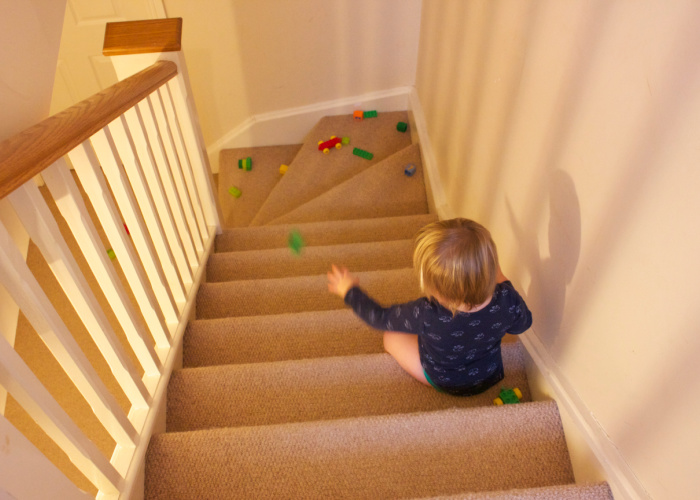
Sensory Overstimulation
Children with autism can be highly sensitive to sensory input, which can lead to overstimulation.
When overwhelmed by sensory experiences, such as loud noises, bright lights, or tactile sensations, an autistic child may resort to throwing objects as an attempt to cope or communicate their discomfort.
In these cases, interventions aimed at reducing sensory overload may be effective in reducing repetitive behaviors in autistic children, including throwing.
Frustration
Like all children, those with autism can experience frustration when they are unable to complete a task or communicate their thoughts and feelings effectively.
Throwing objects may serve as an outlet for expressing their frustration or as a means of grabbing attention.
Interventions that focus on teaching alternative coping skills and communication strategies can help manage these behaviors.
Communication Challenges
Children with autism often face challenges in verbal and nonverbal communication.
Throwing items can sometimes be a way for them to communicate their needs or desires when they struggle to express them through words or gestures.
Caregivers and educators should consider teaching the child alternative methods for communication, such as using visual aids or assistive technologies, as part of their strategies for stopping throwing behavior.
Need for Control
Autistic children may engage in throwing behaviors to exert control over their environment or to gain a sense of predictability and order.
This can particularly occur when they feel insecure or overwhelmed by changes or transitions. Implementing structured routines, clear expectations, and providing a safe and predictable environment can effectively support these children in managing their need for control, consequently reducing throwing behaviors.
In summary, understanding the underlying reasons for throwing behaviors in autistic children is crucial in designing a comprehensive and compassionate approach for addressing these challenges.
By considering the individual needs and circumstances of each child, caregivers and educators can develop effective interventions to stop throwing in autistic children and support their overall well-being.
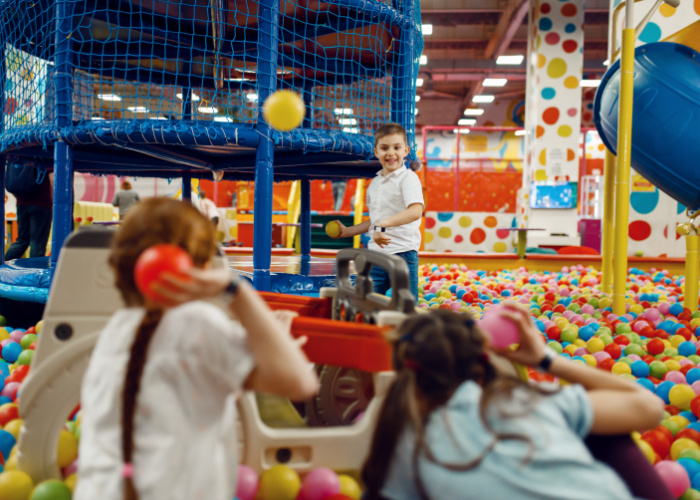
Practical Strategies to Prevent Throwing Incidents in Autistic Children
There are a variety of practical, actionable strategies that parents, caregivers, and educators can implement to prevent and manage throwing behaviors in autistic children.
These strategies will be presented as part of a comprehensive, compassionate approach to behavior management that places the child’s needs and dignity at the forefront.
In the following sections, we will discuss behavior modification techniques, parental strategies, and sensory interventions that can effectively reduce throwing incidents in autistic children.

Behavior Modification Techniques for Autistic Child Throwing
Behavior modification focuses on encouraging desired behavior while gently discouraging undesirable behavior, such as throwing objects.
Some effective behavior modification techniques include:
Positive reinforcement: Praise the child when they exhibit appropriate behaviors, giving them attention and encouragement to continue their positive actions.
Structured routines: Create consistent routines that help children understand and anticipate what is expected of them, resulting in fewer frustrations and less inclination to throw objects.
Visual aids: Use visual reminders, such as charts and schedules, to help the child understand and anticipate activities or transitions, making them feel more secure and reducing the urge to throw objects.
Each technique should be implemented in a nurturing environment, taking care to ensure the child feels supported and understood.
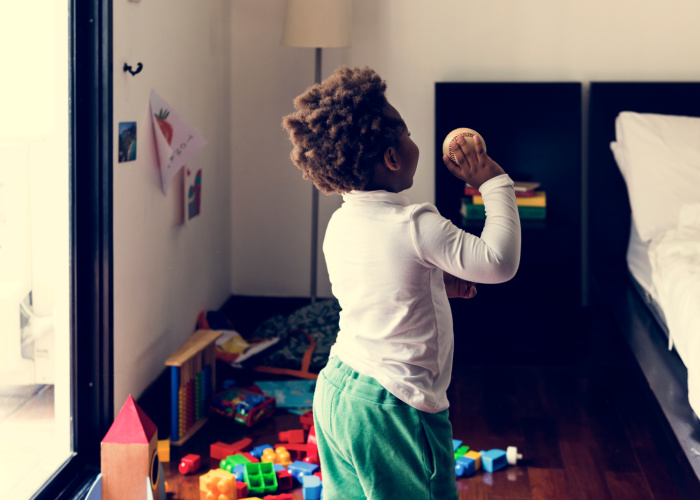
Parental Strategies for Addressing Throwing Behavior in Autistic Kids
Parents play a vital role in managing their child’s throwing behavior, and the following strategies can help to create a more positive and understanding environment:
Establish consistent boundaries: Stick to clear rules and consequences for throwing behavior, while also providing praise and support for positive behaviors.
Transparent communication: Encourage open conversations about emotions and frustrations, offering support and understanding to help the child feel heard.
Alternative coping methods: Teach the child alternative ways to express their emotions, such as drawing, writing, or using a stress ball, which they can use in place of throwing objects.
These strategies not only help address the throwing behavior but also foster trust and collaboration between the parent and child, contributing to a more harmonious relationship.
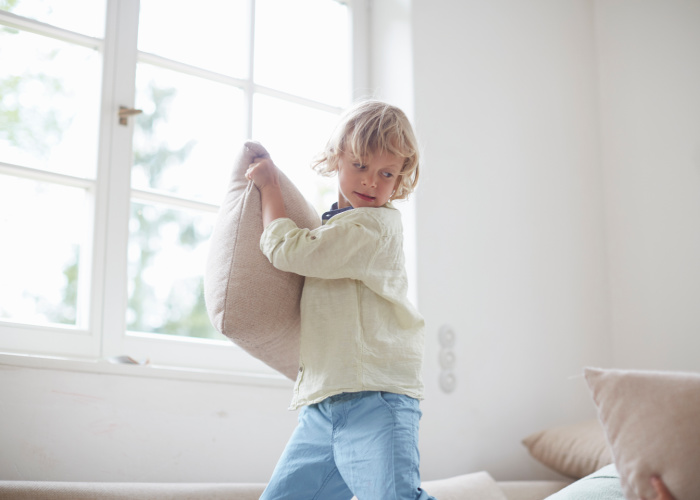
Sensory Interventions for Reducing Throwing Behavior in Autistic Children
Sensory interventions can help mitigate throwing behaviors by addressing sensory needs that often accompany autism.
Some effective sensory-based interventions include:
Creating calming sensory spaces: Designate a quiet, comfortable space where the child can retreat to when feeling overwhelmed or overstimulated.
Using weighted blankets: A weighted blanket can provide deep pressure touch, which has calming effects and can help regulate emotions and reduce the urge to throw objects.
Integrating sensory tools: Provide sensory toys, such as fidget spinners or putty, allowing the child to channel their energy in a more constructive manner.
Integrating these interventions into the child’s daily routines can help them feel more balanced and less inclined to throw objects.
By addressing the root cause of the behavior, parents and caregivers can more effectively manage and prevent throwing incidents in autistic children.

Conclusion
Throughout this article, we have discussed various strategies and interventions to help manage throwing behavior in autistic children.
By seeking to understand the underlying reasons for this behavior, caregivers and parents can tailor their approach to the unique needs of their child.
Remember the importance of patience, empathy, and individualized strategies when working with autistic children.
Parental support is crucial for stopping throwing behavior, and establishing consistent boundaries and transparent communication can aid in navigating these challenges.
By utilizing sensory interventions and behavior modification techniques, caregivers can help create a more balanced and nurturing environment for their child, reducing the likelihood of throwing behaviors.
Overall, managing throwing behavior in autistic children requires dedication, understanding, and a strong support network.
Embrace the journey towards fostering a secure and stable environment for your child, and know that the strategies discussed in this article can lead to positive outcomes and improvements in your child’s behavior.
Stay hopeful and optimistic for the future as you work through these challenges together.
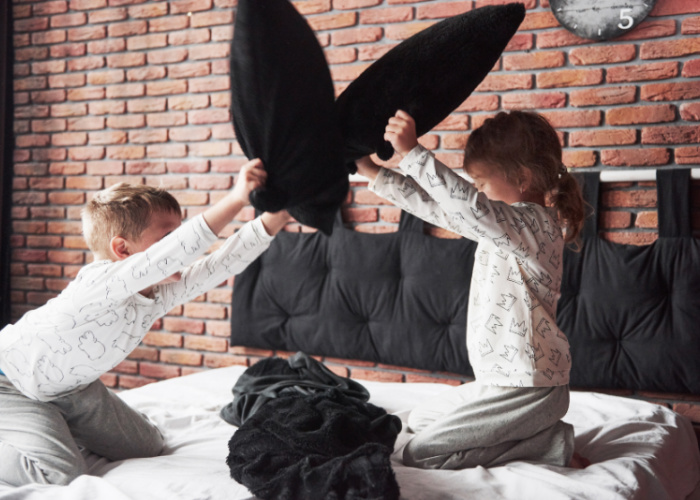
Frequently Asked Questions
In this section we answer frequently asked questions about throwing behaviors in autistic children.
What are some common reasons for throwing behaviors in autistic children?
Some common reasons include sensory overstimulation, frustration, communication challenges, and a need for control. Each child with autism is different, so it is crucial to observe and understand the specific triggers for the throwing behavior.
What are some behavior modification techniques to address throwing in autistic children?
Behavior modification techniques include positive reinforcement, structured routines, and the use of visual aids. These techniques can help encourage desirable behavior while gently discouraging the act of throwing things. Remember to maintain a nurturing and supportive environment.
How can parents’ strategies help address throwing behavior in their autistic children?
Parents can establish consistent boundaries, strive for transparent communication, and find alternative methods for the child to express emotions or frustration. Supportive parenting plays a crucial role in the child’s overall development and in curbing throwing behaviors.
What sensory interventions can help reduce throwing behavior in autistic children?
Sensory interventions include creating calming sensory spaces, using weighted blankets, and providing sensory tools or toys. These interventions can address sensory needs and help children feel more balanced, which can decrease the likelihood of throwing objects.
How can caregivers and parents provide support in managing throwing behaviors in autistic children?
Caregivers and parents can learn to understand the triggers and reasons behind the throwing behavior, implement practical behavior modification techniques, and provide a consistent and supportive environment. Additionally, collaborating with professionals like therapists, and engaging with a support network of other caregivers and parents can lead to more effective management of these behaviors.

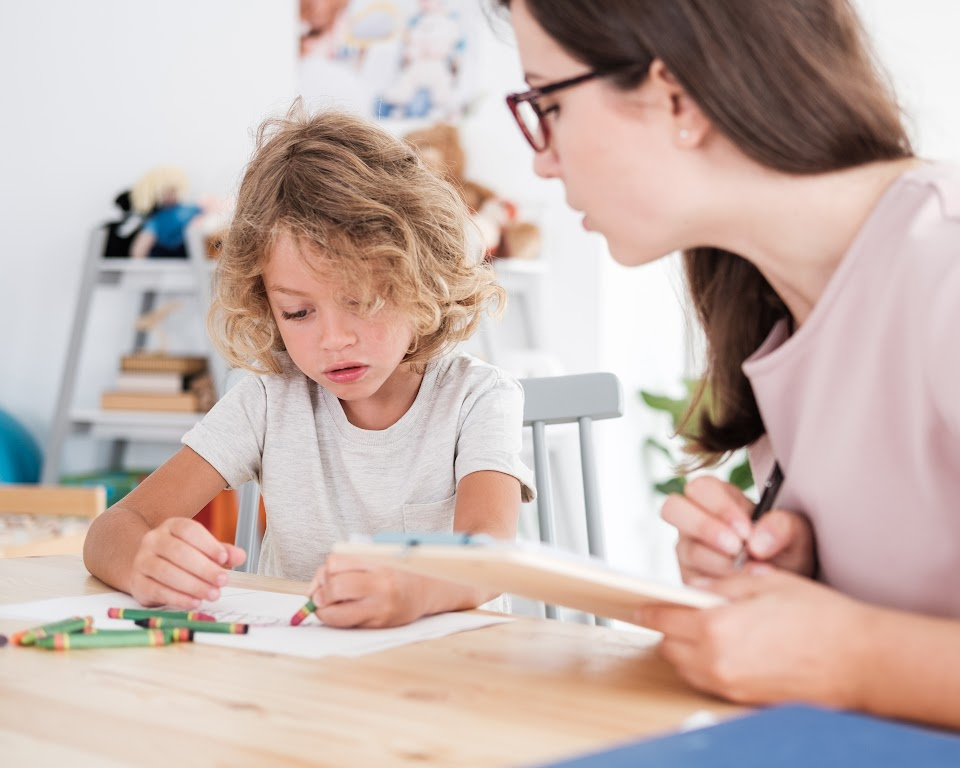

This Post Has 0 Comments